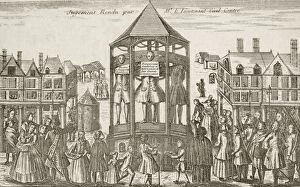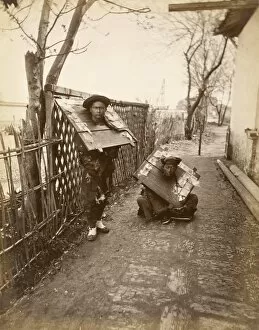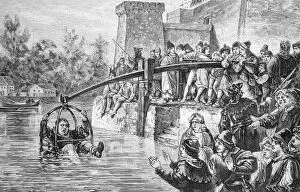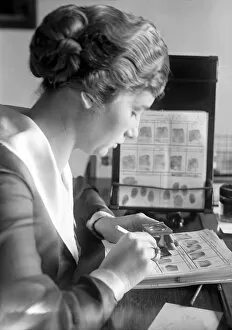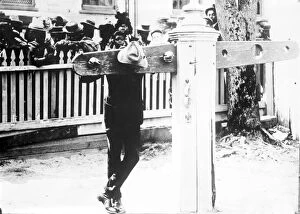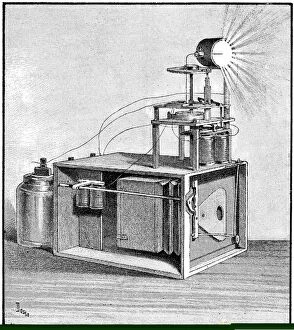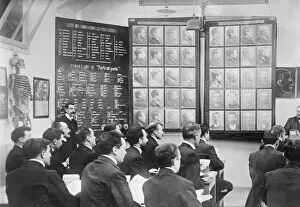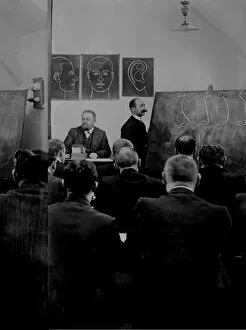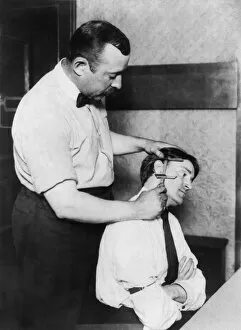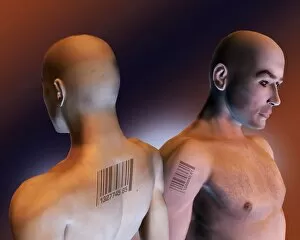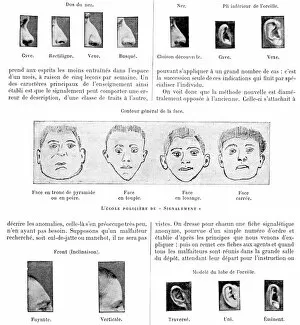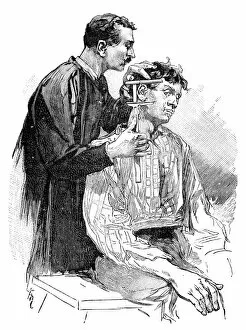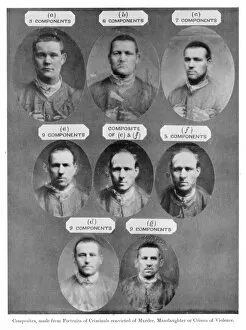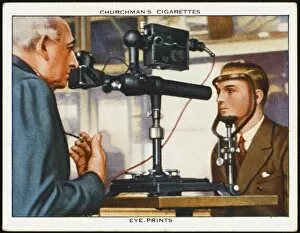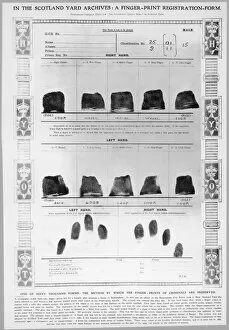Criminology Collection (page 2)
Criminology, a fascinating field that delves into the intricate world of crime and its perpetrators
For sale as Licensed Images
Choose your image, Select your licence and Download the media
Criminology, a fascinating field that delves into the intricate world of crime and its perpetrators. From the 17th century to present times, criminologists have tirelessly studied various aspects of criminal behavior. One crucial aspect is fingerprint types, which have been instrumental in identifying individuals involved in crimes. These unique patterns left behind at crime scenes provide invaluable evidence for investigators. In an old illustration captured from the past, we witness a chilling scene unfold on a street corner. A man in a fedora hat finds himself targeted by shotgun fire from a car window. Both men involved are dressed impeccably in suits and hats, adding an air of mystery to this dangerous encounter. In the background, two onlookers stand frozen with shock and fear. The album of photographs gathered by Cesare Lombroso showcases his meticulous research on criminals during the late 19th century. Among these haunting images is Edward Pritchard, a Scottish murderer whose portrait reflects his dark nature. Fingerprinting has revolutionized criminal investigations throughout history. One captivating photograph depicts Professor Bertillon meticulously capturing Georges Henri Sautton's fingerprints - Sautton being responsible for the murder of Louis Martin at Choisy-le-Roi. Lombroso's studies extended beyond photography; he explored even more macabre subjects such as autocrucifixion depicted in "The Man of Genie. " This study draws inspiration from Ruggeri's "History of Crucifixion performed on the Person of M. Lovat"of Venice in 1828 – showcasing Lombroso's fascination with deviant behaviors. Another intriguing study conducted by Lombroso focused on differentiating criminals and epileptics through their physical characteristics and demeanor – shedding light on potential correlations between certain conditions and criminal tendencies. Anthropophotography played an essential role thanks to Alphonse Bertillon's invention: a box used to capture precise measurements necessary for identification purposes – further advancing the field of criminology.


